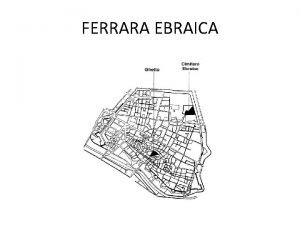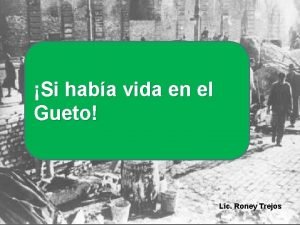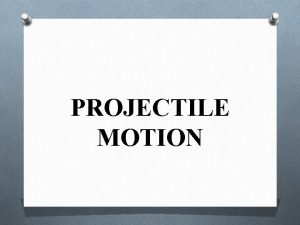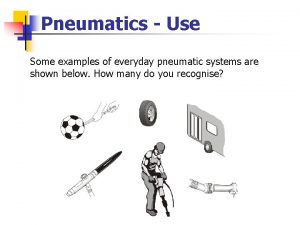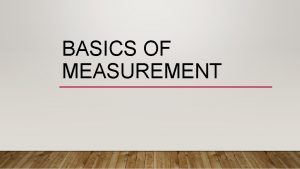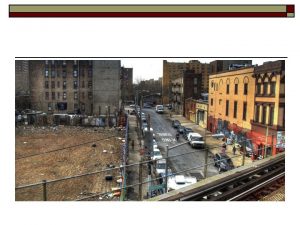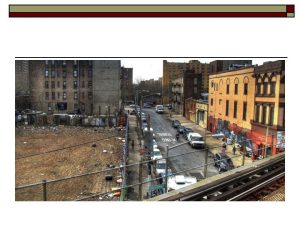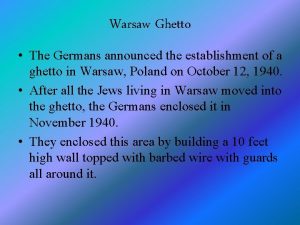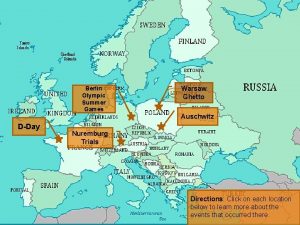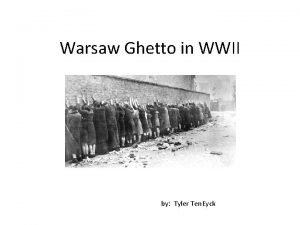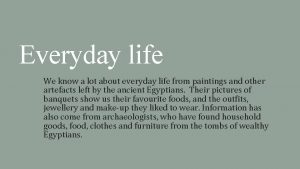Everyday Life in the Warsaw Ghetto Warsaw Poland


























- Slides: 26

Everyday Life in the Warsaw Ghetto Warsaw, Poland - 1941 Scott Masters Crestwood College – adapted from the Yad Vashem Archives


• A tram at the entrance to the Warsaw Ghetto – was it an “open ghetto”? • Why did the Nazis create ghettoes? What reasons did they give; what were the real reasons? – To thwart the black market… – To thwart Jewish “subversion”… – To stop the spread of disease… • What was the process for creating the ghetto? What were the various reactions? • Why did some Polish Jews favour the ghetto?

• A German guard checking Jews’ papers • Who guarded the ghetto entrance? • What was the Judenrat?


• Jews with armbands on a ghetto street • Why was there so much congestion in the ghetto?

• An old man a on a ghetto street – why is he taking off his hat?

• A horse-drawn cart – what types of transportation were Jews forced to use? What does this tell you about their circumstances?

• Jewish women on a rickshaw in the ghetto

• Children sitting on a ghetto street – who were they? How did the other residents treat them?

• Selling clothes in the market • How did this fit into the ghetto economy? • What were the differences between the official and clandestine economies?


• • • saleswomen on a ghetto street How are they different from the stores in the background? Did economic equality exist in the ghetto?

• Woman beggar in the ghetto • Why would the owners of the food store in the background not help her?

• A Jewish beggar playing the violin in the ghetto • A starving woman lying in the street

• A woman in the ghetto eating some soup • Waiting in line for a drink of water • Who were these public kitchens important? What roles did they play?

• A baby carriage filled with books for sale • What does this photograph show about ghetto life? • Is this a type of resistance? • What is the boy selling? Was censorship used in the ghetto?

• A woman selling armbands • Why did residents continue to have children? What happened to birth rates over time? • What do you notice about the urban landscape?

• Wealthier Jews on a ghetto street • A poster advertising a nightclub • Why did this create conflict in the ghetto? How did the Nazis exploit this?

• A Jewish policeman and a woman in the ghetto • Who were these policemen? What role(s) did they play in the ghetto as time went by?

• The Hevra Kadisha (Jewish burial society)

• A funeral in the cemetery

• Coffins and wagons of the Jewish Burial Society

• A man placing bodies in an open mass grave


• Swans on the lake in Chopin Park, Warsaw
 Ghetto hood books
Ghetto hood books Ghetto diet
Ghetto diet Ghetto movie
Ghetto movie Henryk ross lodz ghetto photos
Henryk ross lodz ghetto photos Lasciatemi nel ghetto ancora un po
Lasciatemi nel ghetto ancora un po Ghetto di ferrara
Ghetto di ferrara Ghetto que es
Ghetto que es Think critical thinking for everyday life
Think critical thinking for everyday life Life inertia
Life inertia Social interaction in everyday life
Social interaction in everyday life Fishing rod class 3 lever
Fishing rod class 3 lever What are two components of projectile motion
What are two components of projectile motion Pneumatic diagram examples
Pneumatic diagram examples Cool physical changes
Cool physical changes Ethos oathos logos
Ethos oathos logos Fractions decimals and percentages in real life
Fractions decimals and percentages in real life Example of conic section in real life
Example of conic section in real life Chapter 6 section 2 supply and demand in everyday life
Chapter 6 section 2 supply and demand in everyday life Chemical reactions in everyday life
Chemical reactions in everyday life How to name bases
How to name bases Vital information for your everyday life
Vital information for your everyday life Practical application of polynomials in real life
Practical application of polynomials in real life Nonassociative learning
Nonassociative learning Example of economic enigma
Example of economic enigma Measurement in everyday life
Measurement in everyday life Essay about annoying friends
Essay about annoying friends What is algebra used for in everyday life
What is algebra used for in everyday life





